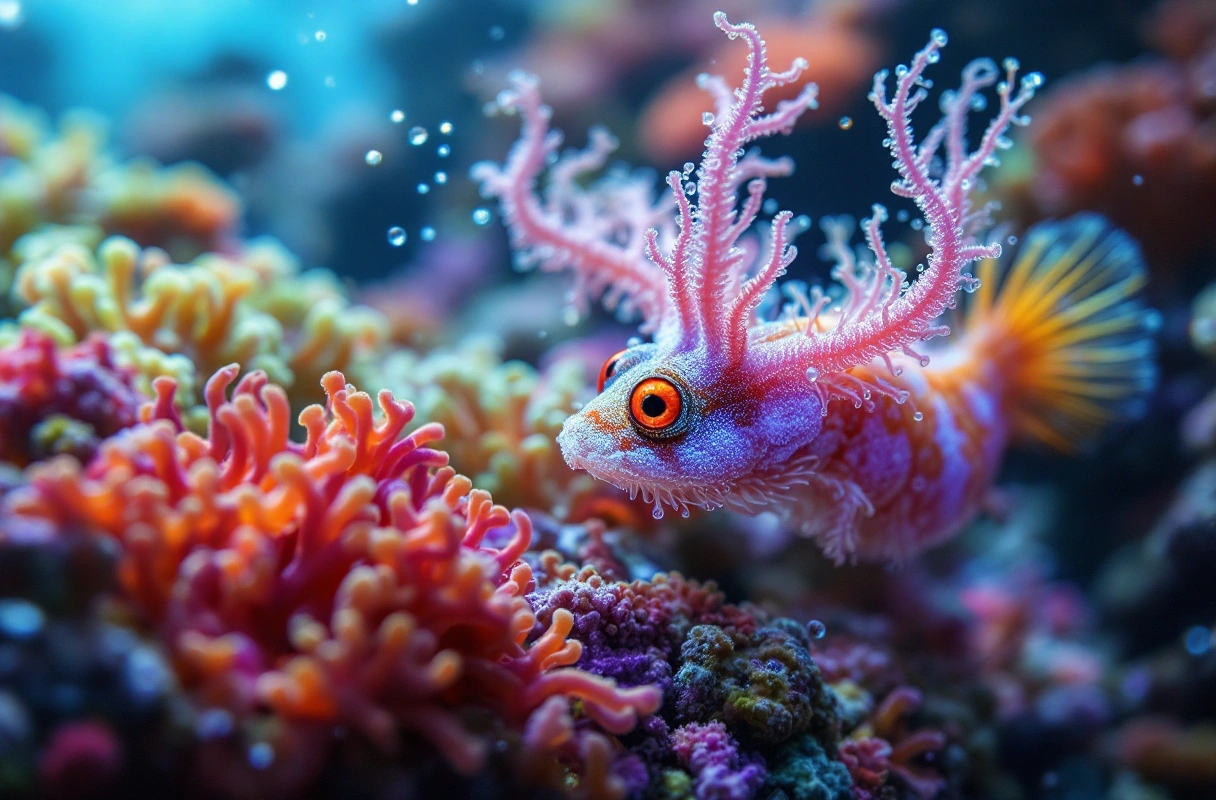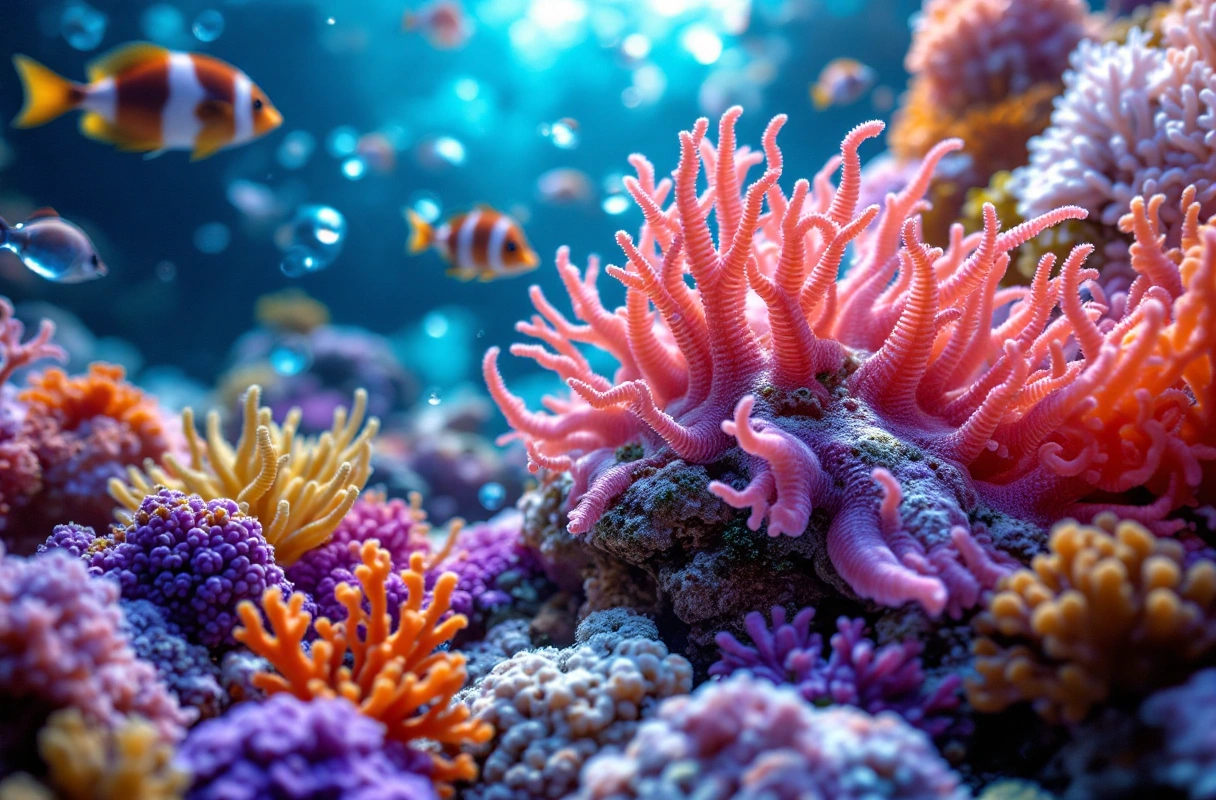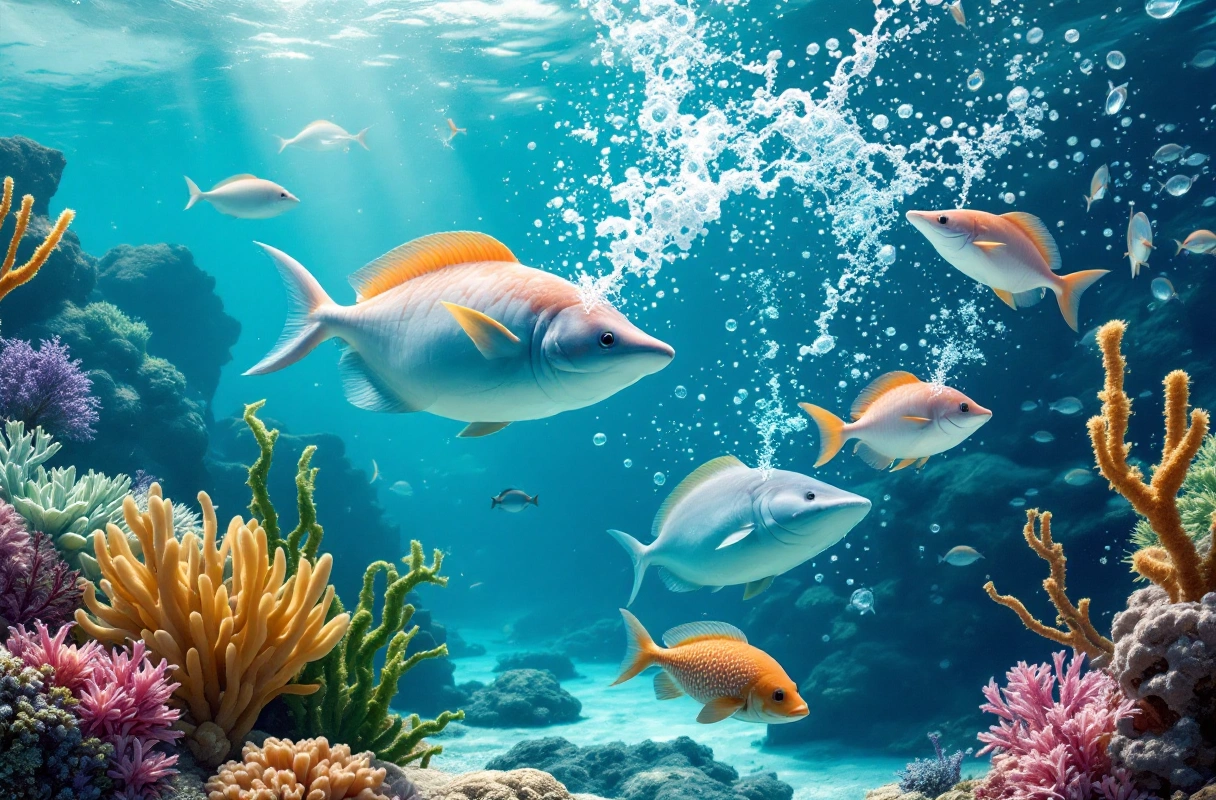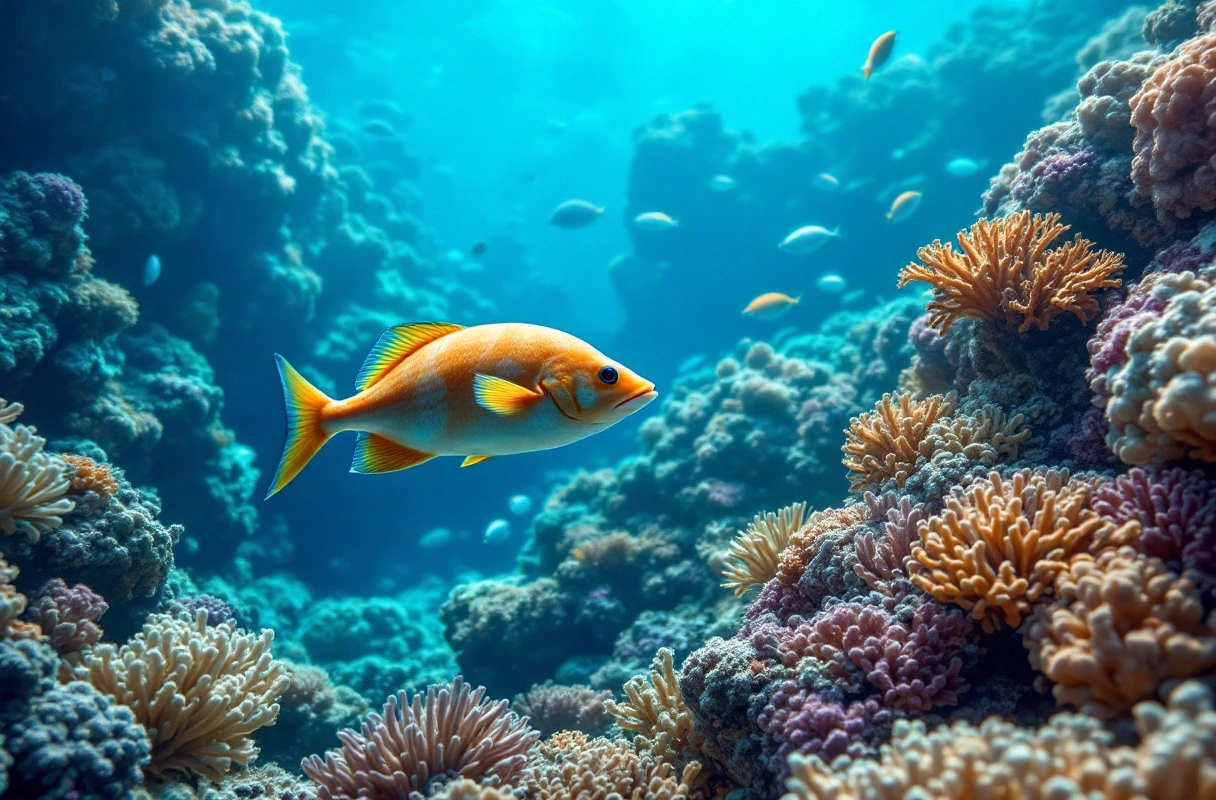
Coral reefs are often referred to as the "rainforests of the sea" due to their vibrant biodiversity and essential role in marine ecosystems. Among the most captivating aspects of these underwater habitats are the myriad of colorful sea creatures that thrive within them. In this article, we will explore ten of the most colorful sea creatures found in coral reefs, delving into their unique adaptations, ecological importance, and the fascinating world of marine biology.
The beauty of these sea creatures not only captures the attention of divers and marine enthusiasts but also plays a crucial role in maintaining the health of coral reef ecosystems. Understanding these creatures helps us appreciate the delicate balance of marine life and the need for conservation efforts to protect these vital environments.

Coral reefs are home to a diverse array of sea creatures, each exhibiting stunning colors and patterns that serve various functions, from camouflage to attracting mates. Here are ten of the most colorful sea creatures that can be found in coral reefs:
Clownfish, often recognized for their bright orange bodies and white stripes, are perhaps one of the most iconic sea creatures associated with coral reefs. These fish have a mutualistic relationship with sea anemones, providing protection for themselves while offering the anemones food scraps in return. Their vibrant colors not only attract attention but also signal their health and vitality.
Parrotfish are known for their vibrant hues, ranging from bright greens to electric blues. Their beak-like mouths allow them to graze on algae and coral, making them essential for maintaining reef health. Their colorful appearance serves as a signal to potential mates and can also serve as a deterrent to predators.
Lionfish are strikingly beautiful with their long, venomous spines and intricate patterns. Their coloration, which typically includes shades of red, white, and brown, provides excellent camouflage among the corals. Unfortunately, due to their invasive nature in certain regions, they pose a significant threat to local marine ecosystems.
The mandarin fish is a small, vividly colored fish known for its stunning blue and orange coloration. Found in shallow reef environments, they are often sought after by divers and aquarists alike. Their bright colors are thought to play a role in mate attraction and territorial displays.
Nudibranchs, or sea slugs, are among the most colorful sea creatures in the ocean. With their elaborate patterns and vibrant colors, they serve as a warning to potential predators about their toxicity. They can be found in a variety of habitats within coral reefs, each species exhibiting unique colorations that can change based on their diet and environment.
Butterflyfish are named for their delicate, butterfly-like appearance and are often brightly colored with intricate patterns. These fish play a vital role in coral reef ecosystems by feeding on coral polyps and algae. Their diverse color patterns help them blend into their surroundings, providing protection from predators.
The blue tang, recognized for its vibrant blue body and yellow tail, is a popular species in both aquariums and coral reefs. They are known for their social behavior and are often seen in schools. Their bright colors serve multiple purposes, including mate attraction and warning off potential threats.
Sea horses, with their unique shape and varying colors, are fascinating inhabitants of coral reefs. They can change color to blend in with their surroundings, which provides them with protection from predators. Their delicate appearance and intricate behaviors make them a favorite among marine enthusiasts.
Octopuses are not only intelligent but also possess the remarkable ability to change color and texture to blend in with their environment. The vibrant colors they display can also be used for communication, especially during mating rituals. Their adaptability is crucial for survival in the diverse habitats of coral reefs.
Anemonefish, closely related to clownfish, exhibit bright colors that help them stand out among the anemones they inhabit. Their symbiotic relationship with sea anemones provides them with protection from predators, while they help keep the anemones clean. Their vibrant patterns are not just for show; they play a critical role in their survival.

Understanding how these sea creatures adapt to their coral reef environments is essential for appreciating their roles in marine ecosystems. Adaptations can range from physical features to behavioral strategies that enhance their chances of survival.
Coloration serves multiple purposes in the marine world. For many species, bright colors are a signal of health and vitality, which can attract mates. For others, vibrant hues may serve as a warning to predators about toxicity or unpleasant taste. Here are some key points regarding coloration adaptations:
Behavioral adaptations also play a crucial role in how sea creatures thrive in coral reefs. Many species exhibit unique behaviors that enhance their survival:
Physical adaptations are equally important for survival. Many sea creatures have evolved unique features that enhance their ability to navigate and thrive in coral reef ecosystems:

As we marvel at the beauty of colorful sea creatures, it is crucial to recognize the threats facing coral reefs worldwide. Climate change, pollution, overfishing, and habitat destruction pose significant risks to these delicate ecosystems. Here are some key points to consider regarding conservation efforts:
The study of marine biology provides valuable insights into the complex interactions between sea creatures and their environments. By understanding the behavior, physiology, and ecology of these species, we can develop effective conservation strategies. Here are some actionable steps to support marine conservation:
As nature enthusiasts, students, and curious minds excited about learning more about the world, you have the opportunity to dive deeper into the fascinating realm of sea creatures and marine ecosystems. At Banana Slug Club, we are dedicated to providing resources and opportunities for exploration and education.
Through engaging content, interactive learning experiences, and community involvement, Banana Slug Club empowers individuals to connect with nature and understand the importance of conservation. Whether you're interested in marine biology, environmental science, or simply want to learn more about the colorful sea creatures inhabiting coral reefs, our platform offers a wealth of knowledge and inspiration.
Explore our website for more information on marine life, conservation efforts, and educational resources. Join us in our mission to protect the vibrant ecosystems of our oceans and inspire the next generation of nature lovers. Together, we can make a difference and ensure that the beauty of colorful sea creatures continues to thrive for years to come.
Get free resources, early access to new features and updates.
No spam. Just fun educational emails!